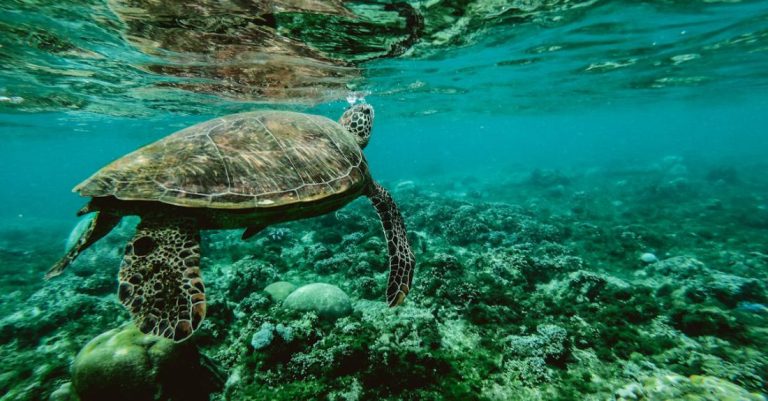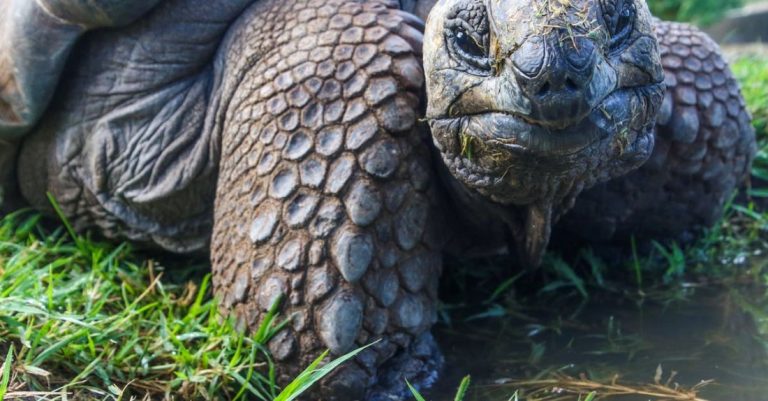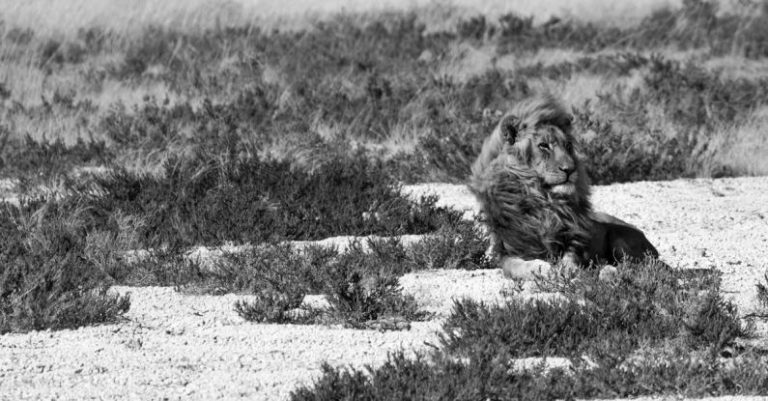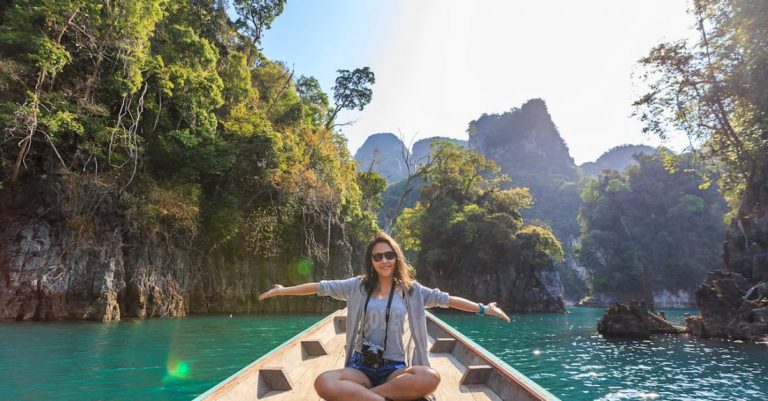
Embarking on a safari adventure is a thrilling experience filled with opportunities to witness majestic wildlife in their natural habitat. For many, capturing stunning wildlife photos is a top priority during these excursions. However, photographing wildlife in the wild presents its own set of challenges. From unpredictable animal behavior to varying lighting conditions, there are several factors to consider to ensure you come away with captivating shots that truly encapsulate the beauty of the animal kingdom. Here are some tips on how to capture stunning wildlife photos on safari.
Research and Preparation
Before setting out on your safari, take the time to research the wildlife you are likely to encounter in the region. Understanding the behavior and habits of the animals you hope to photograph will give you a better chance of anticipating their movements and capturing compelling shots. Additionally, familiarize yourself with the best times of day for wildlife viewing and photography, as lighting conditions can significantly impact the quality of your photos.
Equipment Essentials
Investing in the right gear is crucial when it comes to wildlife photography. A quality telephoto lens will allow you to capture detailed shots of animals from a safe distance without disturbing them. Consider bringing a tripod or monopod to stabilize your camera and reduce the risk of blurry images, especially in low-light situations. It’s also important to pack extra memory cards and batteries to ensure you don’t miss out on any photographic opportunities.
Composition and Framing
When composing your wildlife shots, pay attention to the background and surroundings to create visually appealing images. Position yourself at eye level with your subject to establish a connection and capture their perspective. Experiment with different angles and perspectives to add depth and interest to your photos. Remember the rule of thirds – placing your subject off-center can create a more dynamic and engaging composition.
Patience and Persistence
Wildlife photography requires a great deal of patience and perseverance. Animals don’t always cooperate, and capturing the perfect shot may require waiting for the right moment to present itself. Be prepared to spend time observing and waiting for wildlife to exhibit interesting behaviors or interactions. Avoid rushing the process and be ready to seize the opportunity when it arises.
Silence and Stealth
When photographing wildlife, it’s essential to be as unobtrusive as possible to avoid startling or disturbing the animals. Move quietly and avoid sudden movements that could scare off your subjects. Use camouflage gear or natural surroundings to blend in with the environment and increase your chances of getting closer to the wildlife without causing alarm.
Adapt to the Environment
Safaris can present challenging environmental conditions, from harsh sunlight to sudden changes in weather. Be prepared to adapt your photography techniques to suit the conditions you encounter. Adjust your camera settings accordingly to compensate for bright sunlight or low light, and be ready to take advantage of changing weather patterns to capture unique and dramatic shots.
Post-Processing and Editing
Once you’ve captured your wildlife photos, the editing process can help enhance the quality of your images. Use editing software to fine-tune exposure, contrast, and colors to bring out the best in your photographs. Be mindful not to over-edit your photos, as keeping them natural and true to the scene is key to creating authentic wildlife images.
In conclusion,
Capturing stunning wildlife photos on safari requires a combination of skill, patience, and dedication. By researching your subjects, investing in the right equipment, and honing your photography techniques, you can improve your chances of capturing breathtaking images that showcase the beauty and wonder of the animal kingdom. Remember to respect the wildlife and their habitats, and approach each photography opportunity with a sense of awe and appreciation for the natural world. With practice and persistence, you can create a portfolio of captivating wildlife photos that tell the stories of your safari adventures for years to come.





